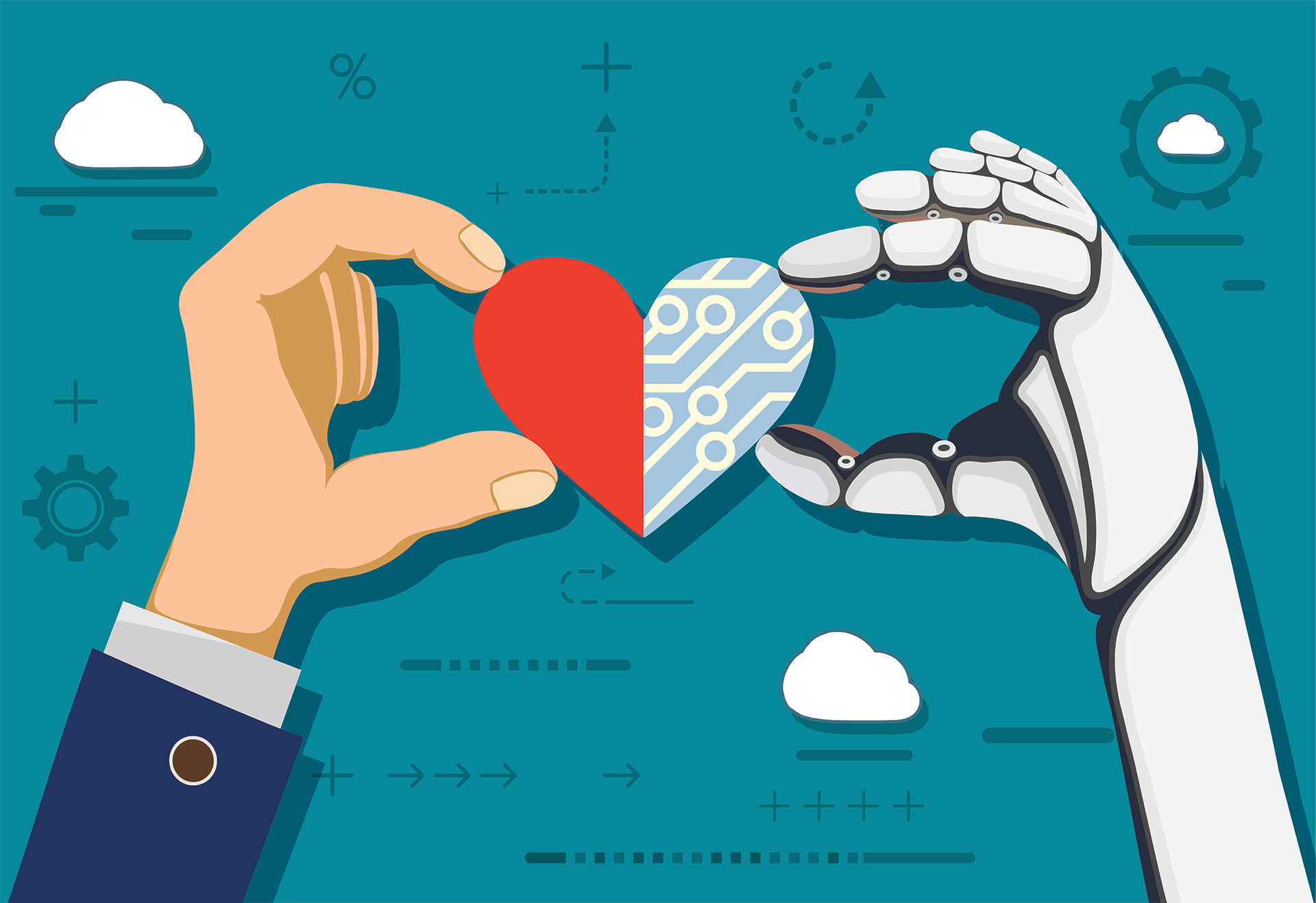Artificial Intelligence and the Human Heart
Several years ago, an entrepreneur approached me with a problem in his start-up. He had built a robot to accompany the elderly. This robot was a bedside companion that had a touchscreen with all kinds of services that elderly people could use: ordering food delivery, playing their favorite music or soap opera, calling their doctor, and more.
It sounded like a wonderful product. But when he deployed the product in an elderly home, he found that the users mainly only used one function: the customer service button. The company’s customer service representatives found themselves overwhelmed by a flood of incoming calls from the elderly.
The calls were not about technical support or late payment, but the elderly were calling to tell stories of their childhood, share memories of their lives, and wondering why their children weren’t visiting.
I asked the entrepreneur why he developed such a robot. He said he felt guilty for not being with his parents in their hometown and was hoping the robot could help.
I told him “AI could be used to protect the safety of the elderly, but your parents need you. Not a robot.”
That was the moment when I visualized the first sketches of a blueprint for coexistence between people and artificial intelligence.
The One Thing AI Can’t Replace
Yes, intelligent machines will increasingly be able to do our jobs and meet our material needs, generating wealth, disrupting industries, and displacing workers in the process. But there remains one thing that only human beings are able to create and share with one another: love — and more generally, compassion, connection, and empathy.
For many professions, this will lead to a beautiful human-AI symbiosis.
For example, in the next thirty years, AI will become increasingly more accurate in diagnosing and prescribing treatment for medical patients. But even if an AI diagnostic tool is ten times more accurate than doctors, patients will not want a cold pronouncement from the tool: “you have stage IV lymphoma and a 70% likelihood of dying within five years.”
Patients will want a compassionate caretaker who patiently listens to their symptoms and fears, and perhaps visits them at home, and is always available to talk to them — someone who gives them encouragement, like: “I had a former patient with the same prognosis, and he survived, so you can, too.”
This kind of compassionate caretaker will not only make the patients feel better and have greater confidence, but a placebo effect will kick in and increase their likelihood of recuperation.
These compassionate caregivers wouldn’t compete with machines in their ability to memorize facts or optimize treatment regimens. Compassionate caregivers would be well trained, but in activities requiring more emotional intelligence, relying on AI to memorize medical knowledge and learn new treatments. They would form a perfect complement to the machine, giving patients unparalleled accuracy in their diagnoses as well as the human touch that is so often missing from our hospitals today.
Our Symbiotic Future
Similar synergies will emerge in many other fields: teaching, law, financial planning, management consulting, event planning, high-end retail, concierge, guided tours, and so on. In all of these professions, excellent AI tools will emerge, but the human-to-human interface is critical to ensuring we feel listened to and cared for when we encounter important life events. And in all of these fields, employment and quality of service will both increase.
There will also be many compassionate service professions that are mostly human with little or no involvement from AI, like the elderly care taking and companionship example from earlier in this article. Also: social workers, nurses, wedding planners, caterers, bartenders, nannies, and babysitters.
Within the next fifteen years or so, AI will be able to do virtually all of our routine tasks, or nearly half of our total workload. AI will beat us at doing all kinds of repetitive tasks. But these tasks are not what makes us human. What makes us human is love. The moment when we see our newborn babies, we experience the feeling of love at first sight. Humans are uniquely able to love and be loved.
Love is what differentiates us from AI. Despite what science fiction movies may portray, I can tell you responsibly that AI programs cannot love. The human edge over AI is creativity and compassion.
Routine jobs may be replaced by AI, but we can create many compassionate jobs. In my book AI Superpowers, I share a more detailed blueprint for how humans can thrive in the age of AI by harnessing compassion and creativity.

